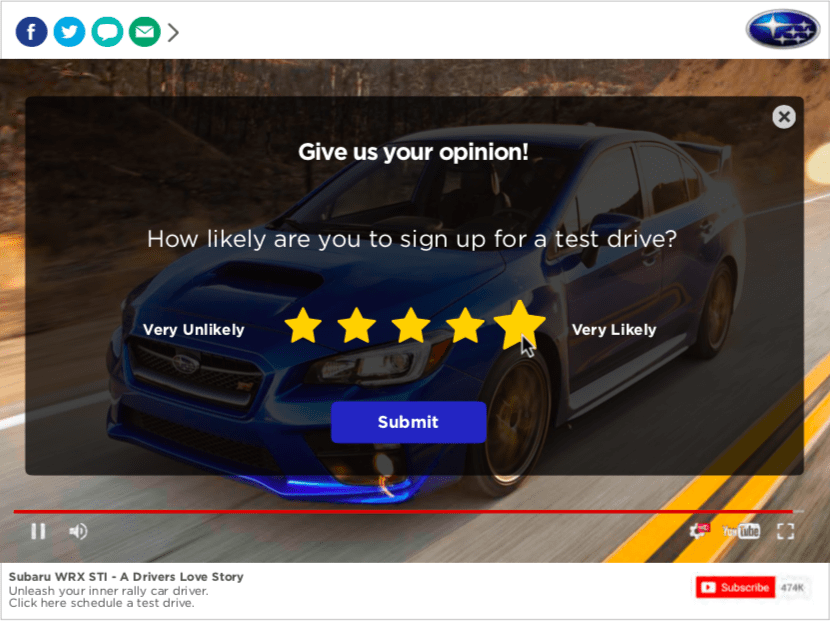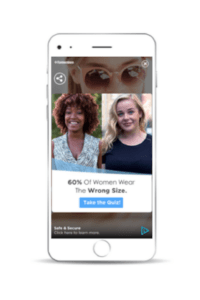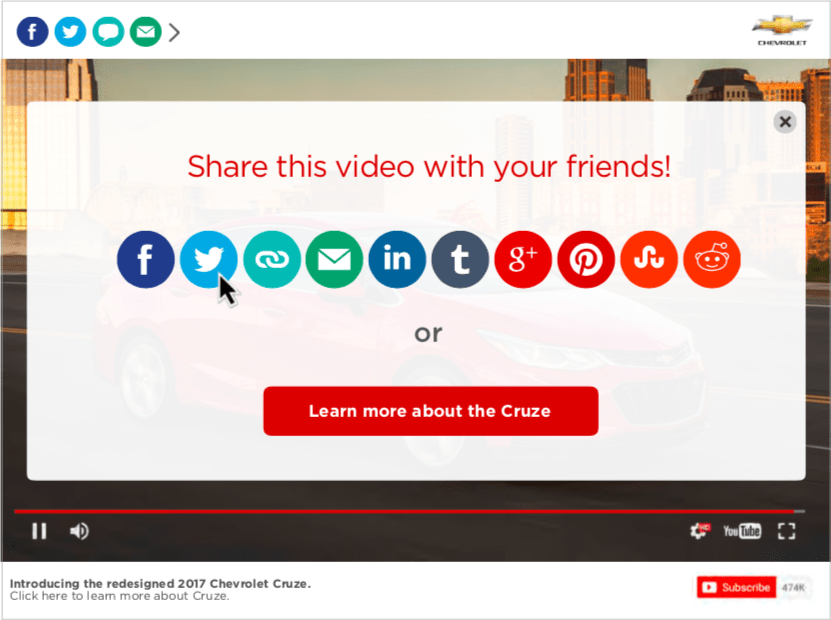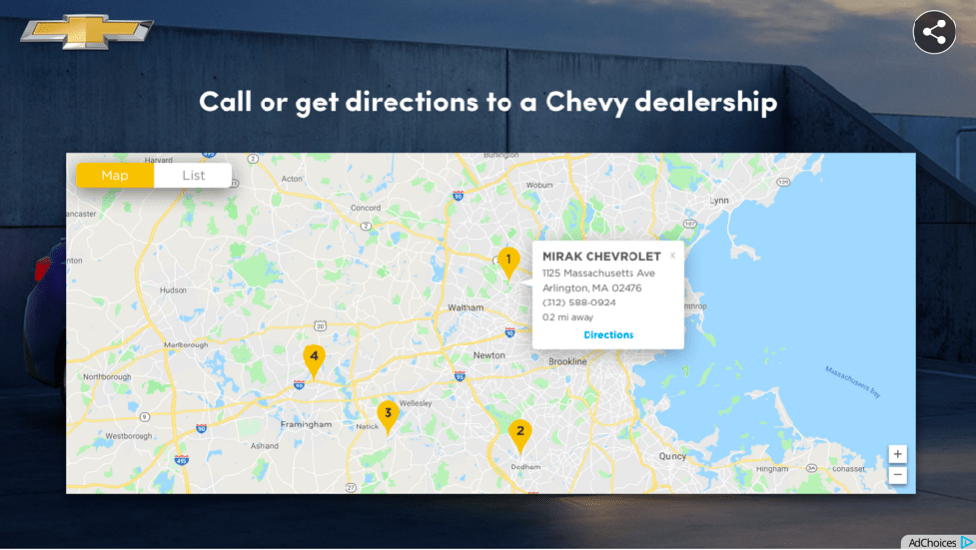Creating Positive Consumer Experiences Through Digital Video
Most companies invest extensive resources to create a recognizable, reputable, and unique brand identity. At the end of the day however, consumer perception of the brand—regardless of whether or not it reflects the brand’s intended identity—is what matters. Consumer experiences often color perception, which is why marketers must carefully consider the kinds of experiences they are creating—both offline and online—in order to protect the brand they’ve worked so hard to build.
We’ve all seen it: a consumer has a negative experience with a brand and takes to social media to resolve the issue or voice dissatisfaction. Suddenly, one consumer’s experience becomes highly visible and publicized. Take, for instance, a seemingly innocuous tweet from Kylie Jenner. The social media influencer expressed her dissatisfaction with the Snapchat app, and tweeted:

The following day, Snapchat plummeted $1.3 billion in stock value.
With examples like this in mind, brands should look at digital advertising as a chance to truly connect with their intended audiences and build a relationship with them through an experience—even if only for a moment—rather than as simply an opportunity to serve impressions or deploy messaging at consumers. Putting the consumer front and center of your digital video ad strategy can help mitigate negative experiences and promote positive brand perceptions.
Here are five ways you can begin leveraging digital video advertising to create positive consumer experiences:
1 – Sound, sight, motion…and more
Digital video advertising, more so than static display advertising, is a medium that can deliver impactful experiences through the power of sight, sound, and motion, so it’s natural to equate it to TV. However, we can’t emphasize enough that this mindset can get you in trouble. While it’s not necessarily wrong to repurpose TV ads across digital, you’ll be selling the medium short if that’s the end of your strategy. Whereas TV is generally a broad awareness tactic, digital has the potential to not only capture attention, but to create real-time, two-way conversations between brands and consumers and lead audiences directly to tailored experiences. If you can create engaging, relevant digital video experiences that are designed to learn more about the preferences of your target audiences, you’ll be off to a great start in your quest to create a positive brand impression.
2- Get to know your consumer
So how do you create those engaging video ads? With ViralGains’ Engagement Experiences, brands can tap into consumer insights, such as preferences, attitudes, and behaviors.

By asking consumers how they feel about a product or offering, brands can drive engagements based on responses. Armed with these insights, marketers can move consumers through a curated and personalized ad journey.
These insights can also help you avoid targeting those who aren’t interested in your brand. Skip wasting ad spend on audiences that aren’t interested in your offering, and avoid souring potential relationships by repeatedly reaching consumers who don’t want to hear from your brand (yet).
That said, targeting those who don’t yet have a positive impression of your brand can also prove helpful if done tactfully. What better way to improve brand perceptions than by tapping into audiences who feel negatively (or impartial) about your brand, learning why they feel that way, and then delivering messaging to them designed to shift their negative perception into something positive? Bottom line: consumer insights, when combined with digital video, can be a powerful instrument for driving brand lift.
3 – Be Considerate
Brands should provide engagement opportunities that take into consideration the user’s device and overall online experience. 
Mobile users are often on-the-go and may not appreciate having an auto-play, sound-on ad disrupt their online and offline experience. Choice-based ads are a great way to ensure a consumer is not disturbed and interrupted by your brand’s message.
Marketers should also consider the frequency with which they reach consumers. Consumers alternate between various devices over the course of a day—avoid bombarding your audiences by understanding the frequency with which you reach them across all devices.
4 – Make it easy
Engaging with your brand should be effortless. The easier it is, the more you encourage consumers to learn more about your offerings, purchase your products, and to become brand champions.
With the ViralGains Social Connector Experience, consumers can share a brand’s ad across social platforms (earning you incremental reach) and easily access a brand or product landing page.

Consumers may also need to make purchases on-the-go. Consider driving viewers to your closest brick and mortar location with a Geolocation Engagement Experience.

5 – Brand safety & contextual targeting
Ensure that the context surrounding your media placement aligns with your brand identity and values.
Some brands may need stricter contextual targeting criteria than others, but no matter how stringent or lax your brand safety needs may be, you should always consider where your placements are running. Doing so can help you avoid scandals and unsavory news headlines.
Demand transparency into where your placements will appear, and only work with partners that that will help you create brand experiences on sites and within contexts that properly represent your brand.
———
Creating a positive consumer experience is simple as long as you put the consumer first, and collaborate with the right ad-tech partners.
Want to learn more about how digital video can help you create positive consumer experiences? Download our video ad journey Ebook.



